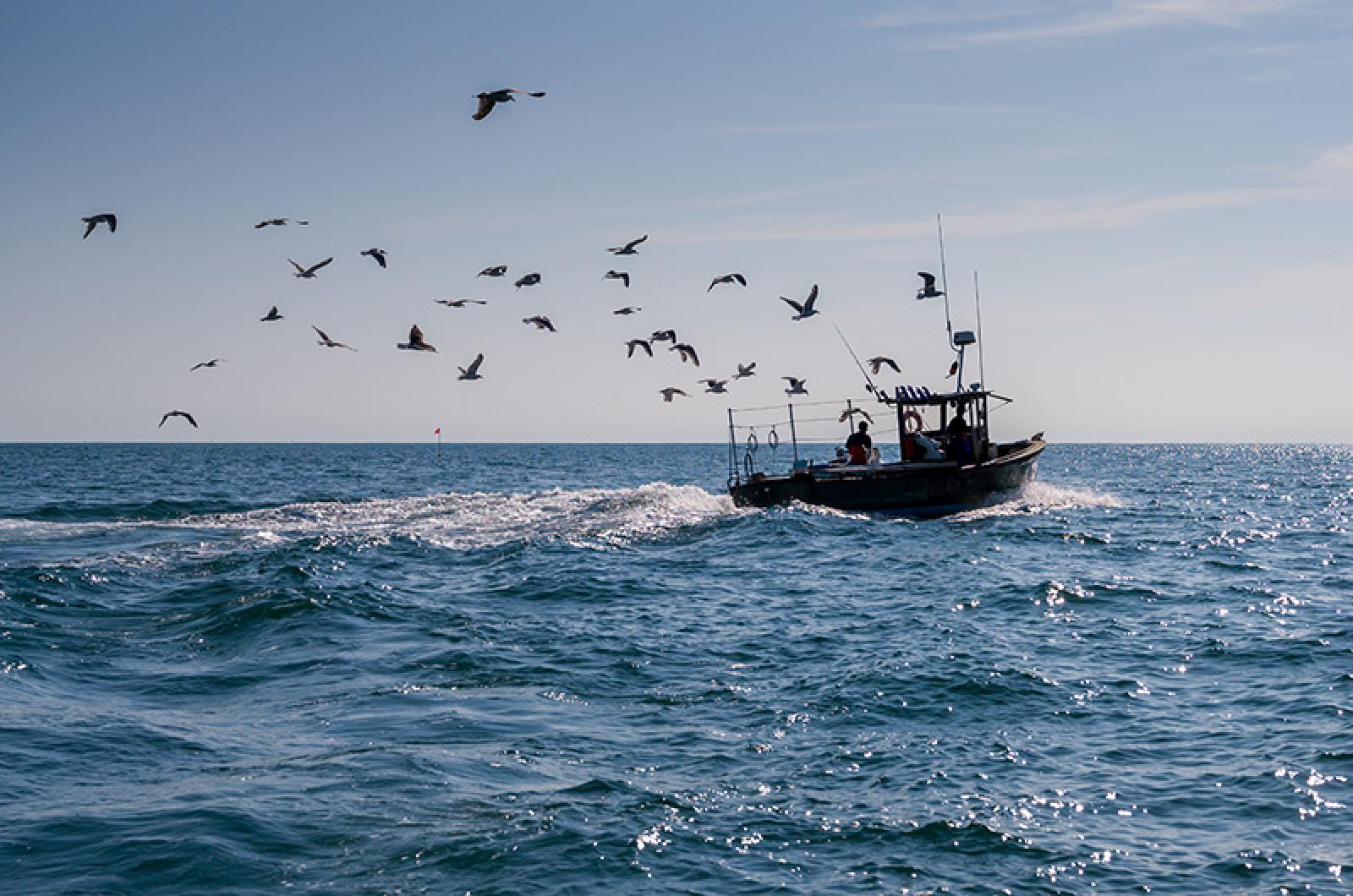Following a recent stock assessment that concluded the Atlantic striped bass is overfished, the Atlantic States Marine Fisheries Commission (ASMFC) has drafted new rules for both the recreational and commercial fisheries to preserve the dwindling stocks.
The ASMFC is seeking comment on its draft addendum VI from fishermen and other stakeholders through public hearings scheduled this fall along the Eastern Seaboard.
Michael Armstrong, assistant director of the ASMFC fisheries biology division, said the stock assessment released in May is the most concerning in almost a decade.
He said reducing fish mortality is the primary concern. ASMFC scientists concluded that changes are needed to bring about an 18 per cent reduction in total recreational and commercial striped bass catch in order to reduce fish mortality.
“The last stock assessment showed that the fishing mortality rate was too high. There is only one way to increase the [female spawning] biomass of the fishery, and that is to decrease fishing mortality,” Mr. Armstrong told the Gazette by phone this week. “We have a target where we think that stock should be, and currently it is not there.”
Fish mortality numbers include so-called keeper striped bass that are landed and retained by both commercial and recreational fishermen, as well as fish that die as a result of being released — sometimes from foul hooking, being poorly handled or caught as bycatch.
“In other words, total dead fish,” Mr. Armstring said.
The striped bass fishery is predominantly recreational. Catch-and-release fishing has been perceived in the past to have a minimal effect on stocks, but recent assessments concluded that the recreational sector accounts for roughly 90 per cent of total recreational and commercial harvest weight since 2004 — 7.06 million fish in total. Of the recreational fish that are released, nine per cent are expected to die, the ASMFC found.
In 2017, commercial landings were estimated at 592,670 fish.
The current recreational management quota uses bag and size limits to restrict the number of fish harvested. The commercial management policy uses a seasonal quota, daily bag limits and size limits to restrict the number of fish harvested.
Mr. Armstrong said while these measures result in lower overall removals of fish, they also increase the amount of dead releases and are not well designed to reduce fish mortality.
“No one is doing anything wrong,” he said. “There are just so many people catching so many bass that we have to figure out a new paradigm for regulation.”
The public hearing will focus on three densely-worded options to reduce the total striped bass removals by 18 per cent in order to reduce mortality.
One, called “equal percent reductions,” would reduce the commercial quota by 18 per cent in pounds of fish harvested. In Massachusetts, this option would reduce the commercial harvest from 823,409 pounds in 2017 to 713,247 pounds in 2020.
On the recreational side, the equal percent reductions option features many sub-options to either raise the size limit or institute a slot system, in which only striped bass of a certain range can be retained. The minimum slot being considered is between 28 and 35 inches, while the highest slot is between 32 inches and 40 inches.
Mr. Armstrong said the idea is to alleviate fishing pressure on the biggest female fish, often called breeders, which are believed to bear the most eggs.
The second option would have the commercial sector take a smaller percentage reduction while recreational regulations would be increased.
In this option, the commercial sector would take a 1.8 per cent reduction in quota. For the recreational sector, the many sub-options feature either a 36-inch minimum or more stringent slot limits.
The final option would maintain the status quo, allowing the striped bass fisheries to continue to operate under the current provisions, excluding the Chesapeake Bay which would be required to submit a management program that achieves at least a 20.5 per cent harvest reduction by weight.
According to the ASMFC, the majority of commercial striped bass landings come from the Chesapeake Bay. In the state of Maryland the minimum catch size is smaller and the quota is higher than in other states.
Unlike the Chesapeake, the ocean fishery regularly comes in under quota. Massachusetts did not reach its commercial quota last year and is on course to not reach it this year.
The final provision due to be discussed during hearings would require the use of circle hooks when fishing with bait to reduce striped bass mortality in recreational fisheries.
There has been wide support among Massachusetts fishermen for the switch to circle hooks.
Following the public hearings, the striped bass board of the ASMFC will eventually vote on the options.
“When you’re faced with the reality that we have to take a major cut, people usually line up fairly well,” Mr. Armstrong said when asked if he thought the changes would be accepted by both recreational and commercial fishermen. “Everybody wants a healthy stock.”
Public hearings on draft addendum VI will be held at the Crowne Plaza in Woburn on Oct. 2 at 6 p.m., and the Massachusetts Maritime Academy in Buzzard’s Bay on Oct. 3 at 6 p.m.
Written comment can also be sent to Max Appelman at comments@asmfc.org with the subject line: Striped Bass Draft Addendum VI.








Comments (2)
Comments
Comment policy »